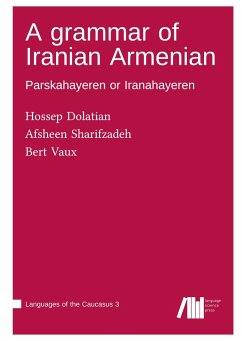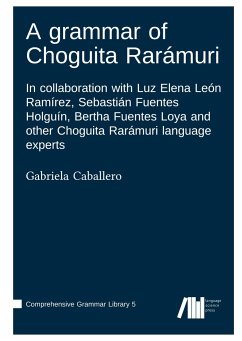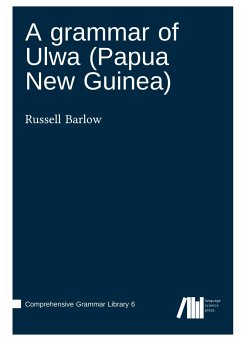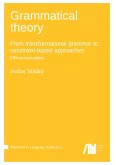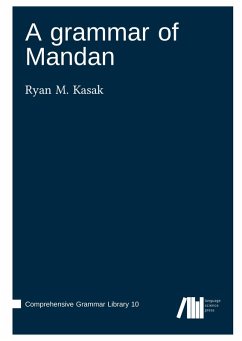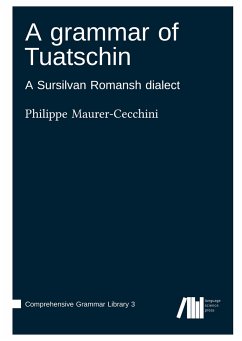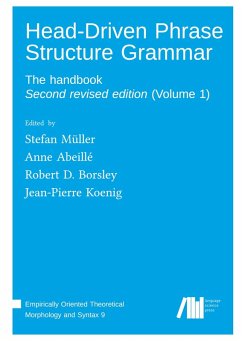Kagayanen is a resilient Austronesian>Greater Central Philippine>Manobo language spoken by about 30,000 individuals, mostly in Palawan province in the Philippines. This grammar is the result of nearly 40 years of research by Carol Pebley and a team of Kagayanen speakers and non-Kagayanen co-workers. The primary data source is a corpus of texts collected over a 20 year period. These texts, three of which appear in an appendix to this book, provide vivid insights into Kagayanen ways of being. The grammar is written with a general linguistics audience in mind, from a "communication first" perspective. It should prove useful to specialists in Austronesian languages, linguistic typologists, and others interested in doing research in the central Philippines. It is also hoped that this grammar will be an encouragement to Kagayanen speakers, proving that their language is wonderfully complex and deserves an equal place alongside other regional and international languages.
Hinweis: Dieser Artikel kann nur an eine deutsche Lieferadresse ausgeliefert werden.
Hinweis: Dieser Artikel kann nur an eine deutsche Lieferadresse ausgeliefert werden.


